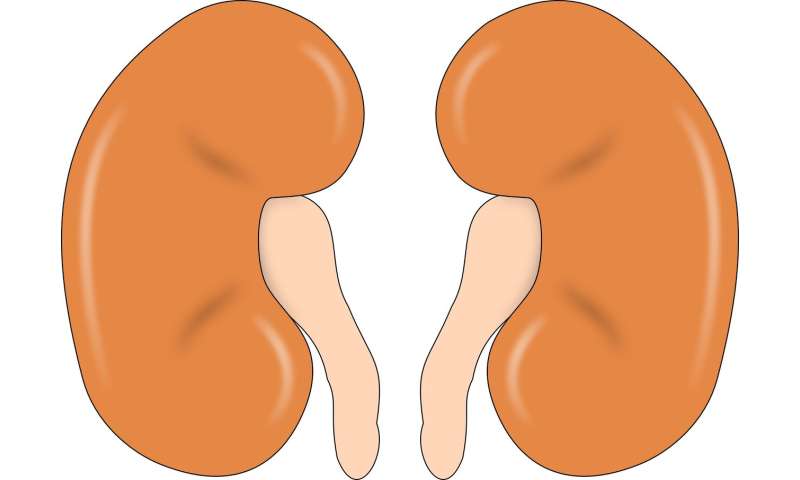
A neighborhood’s overall socioeconomic status, including income and education level, may influence its residents’ risk of chronic kidney disease, according to a study recently published in SSM Population Health by researchers from Drexel University’s Dornsife School of Public Health.
Although previous studies have shown an association between individual socioeconomic status and chronic kidney disease, less is known about how the characteristics of an individual’s neighborhood, such as overall socioeconomic status, walkability, violent crime and availability of healthy food, may influence the risk of chronic kidney disease, poor blood sugar control (A1c over or equal to 6.5 percent) and uncontrolled high blood pressure (at least one instance of systolic blood pressure greater than 140 mm Hg and/or diastolic blood pressure greater than 90 mm Hg), especially in urban areas.
In a study of 23,692 adult Philadelphians, all seen in a primary care practice in 2016 or 2017, the authors found that those living in low socioeconomic status neighborhoods (factoring in neighborhood income, educational attainment and occupation), were more likely to have kidney disease than those living in higher socioeconomic status neighborhoods. Also, poor neighborhood walkability, as measured by Walkscore, was associated with poor blood sugar control in chronic kidney disease patients and poor blood pressure control in those without chronic kidney disease. The authors adjusted for individual age, race, sex and insurance type.
“Our finding, that people who are living in neighborhoods with the fewest resources are at highest risk for kidney disease, should be a call to health providers to integrate knowledge about their patients’ environments in their care processes, and to policymakers to allocate resources to at-risk communities that will promote health,” said senior author Meera Harhay, MD, an associate professor of Medicine at Drexel’s College of Medicine and Dornsife School of Public Health. “Our results also show that neighborhood environments that promote physical activity are protective when it comes to blood pressure and blood sugar management, whereas less walkable neighborhoods might exacerbate conditions that are risk factors for kidney disease.”
Chronic kidney disease is characterized by damaged kidneys that are unable to adequately filter waste and excess fluids out of blood. Without early detection and management of blood pressure and blood glucose, this damage can lead to kidney failure and dialysis or a kidney transplant as the remaining options. An estimated 37 million—15%—of U.S. adults are estimated to suffer from chronic kidney disease, and nine out of 10 of those cases go undiagnosed. The findings of this research are valuable to the U.S. Department of Health and Human Services’ Advancing American Kidney Health Initiative, whose goals include reducing the number of Americans in end-stage renal disease by 25% by 2030.
“This study offers tools to help identify communities at higher risk of kidney disease at earlier stages so their condition can be managed to prevent end-stage kidney disease from developing,” Harhay said. “Health providers should consider incorporating knowledge about neighborhood-level social determinants of health when they are assessing their patients.”
Source: Read Full Article
